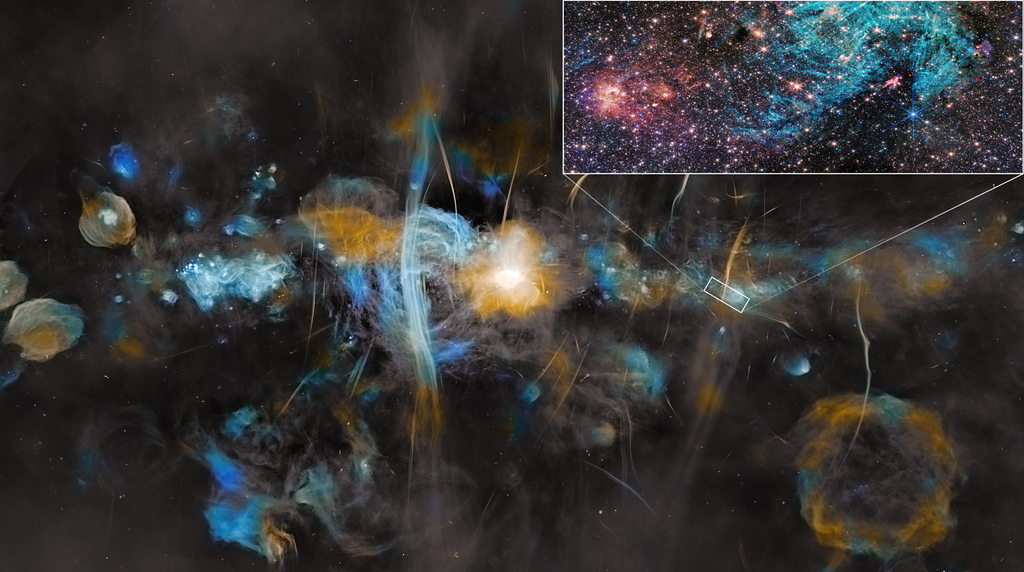Dr. David M. Schuster – NASA Technical Fellow
Dr. David M. Schuster has nearly 30 years experience in the aerospace industry with 25 of those devoted to the Flight Sciences discipline. He began his career as a Scientist at the Lockheed Georgia Company developing and applying computational aerodynamics tools to a wide range of problems and flight simulations. He developed Euler/Navier-Stokes Computational Fluid Dynamics (CFD) methods for application to problems in multiple-component and powered high-lift systems, airframe propulsion integration of hypersonic vehicles, and high-performance fighter aircraft design and high angle-of-attack maneuvering. He also performed wind tunnel investigations to validate these methods. He was principal developer of one of the first computational aeroelasticity methods to employ high-level viscous CFD to perform aeroelastic simulations of aircraft in complex aerodynamic environments.
In 1989 he joined the Georgia Tech Research Institute’s Aerospace Laboratory to help form a new experimental/computational aerodynamics and aeroacoustics capability for the lab. He served in this position for 2 years, further strengthening his expertise in aeroelasticity and integrated aerodynamic analysis by participating in investigations of problems ranging from helicopter aero-plume interaction for infrared detection to advanced cruise missile development to analysis of the aerodynamics of Unlimited Hydroplane Racing Boats operating in ground effect.
He came to the NASA Langley Research Center as a contractor in 1991 and ultimately entered Federal service in 1997 as a researcher in the Aeroelasticity Branch. Here he led the Theoretical Aeroelasticity Group developing and applying computational aeroelasticity tools and validating them through unsteady aerodynamic and aeroelastic testing in the Transonic Dynamics Tunnel. He has applied his expertise to the Hyper-X first flight accident investigation and subsequent return to flight, the NASA/Navy/Air Force Abrupt Wing Stall Program, the Space Shuttle Protuberance Air Loads (PAL) Ramp aeroelastic investigation and removal effort, and numerous other projects in the aeronautics and space arenas. Prior to joining the NESC, he served as Branch Head for the Structural and Thermal Systems Branch in the Systems Engineering Directorate.
Dr. Schuster earned his Bachelor of Science Degree in Aerospace Engineering from the University of Cincinnati, and his Master of Science and Doctorate Degrees from the Georgia Institute of Technology. He is an Associate Fellow of the American Institute of Aeronautics and Astronautics, and he has received a Nova Award for Technical Excellence, Lockheed Martin Corporation’s highest award.

















/quantum_physics_bose_einstein_condensate.jpg?w=1024)











